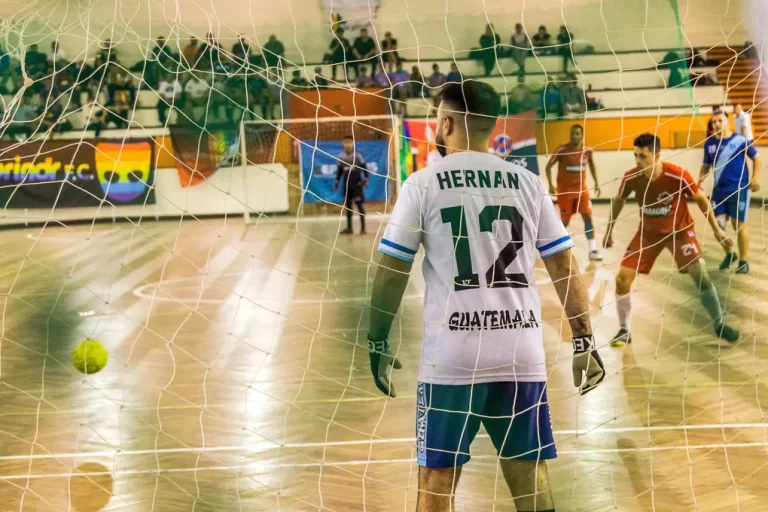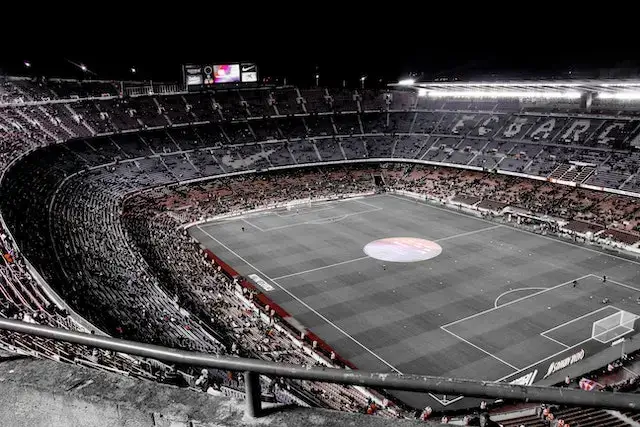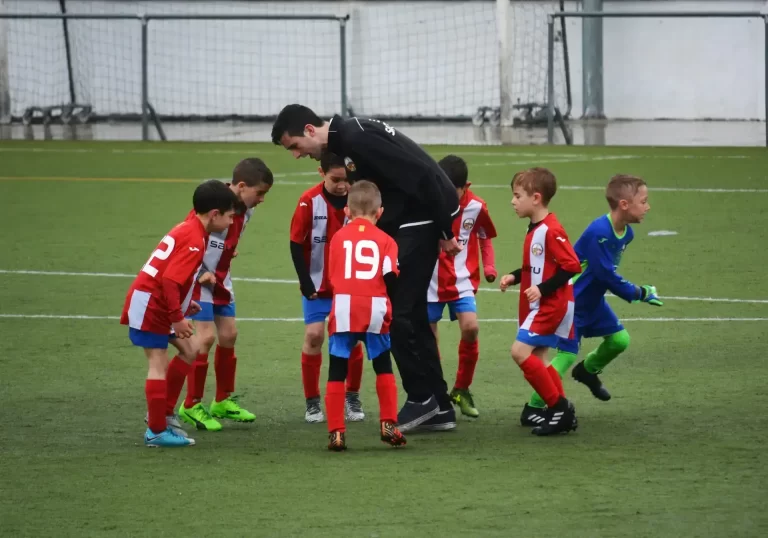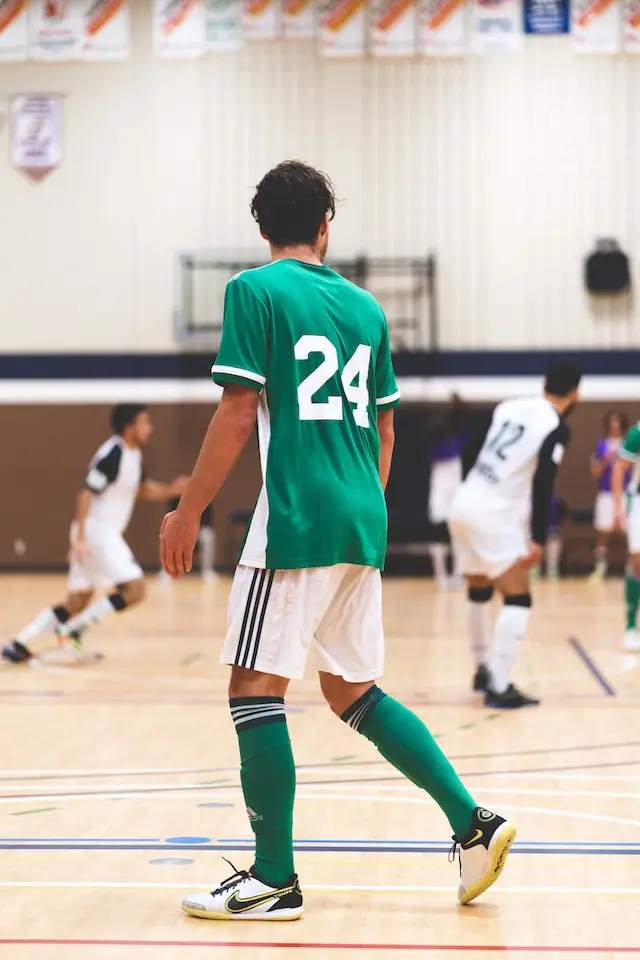What is indoor soccer?
What is indoor soccer?
Indoor soccer is the small-scale adaptation of the longer, official game of soccer, played in many different versions across the world. Since its origin in the US and Canada, it has gained popularity worldwide and is currently played at league levels in many countries, including Brazil, US, Canada, Mexico, and UK.
What is indoor soccer called?
What indoor soccer is called depends upon where you live. You may know the game by another name; indoor soccer, five-a-side football, showball (South America), fast football (Mexico), arena soccer, and soccer with walls. The official version of the game adopted by FIFA is called Futsal. Futsal and indoor soccer are not interchangeable terms, but they are very similar.
What is indoor soccer’s governing body?
Since FIFA doesn’t recognize indoor soccer, the most widely accepted international governing body for indoor football is the WMA (World Minifootball Association). Mini football is yet another name coined for indoor soccer and adopted by the WMA as the official name for our game.
Read on to find out more about this fast-paced, exciting game.
Playing Indoor Soccer
Playing field
The game was adapted to be playable indoors during the winter when outdoor play becomes impossible due to extreme conditions. So the field is necessarily smaller.
It is also surrounded by at least 6 ft tall walls. The walls are part of the gaming area and can be used by players to bounce the ball during play leading to some interesting tactics.
The size of a standard indoor soccer field is a 200ft long by 85ft wide rectangle, give or take a few feet. It is similar to a soccer field, with the following lines marked on the field:
- Touchlines: the boundary lines on the long side of the field are called side lines or touch lines.
- Goal lines: the boundary lines on the short sides are called goal lines
- Halfway line: the line at the center of the field dividing it in half
- Center circle : a circle about 30 ft wide is drawn at the center of the halfway line.
- Penalty area : the rectangular area marked around the goal
- Restart line
Each goal is a rectangle measuring 9’10” wide, by 6’7” high and are 3’7” deep.
How many players are there in each team of indoor soccer?
Players range from 5 to 7, depending on the rules you’re following. Minifootball, as accepted by the WMA, is played with 5 players. Futsal is played with 6 players in each team. The minimum number of players needed is 4 on each side; maximum is 7.
Player positions and roles:
Except for the goalkeeper, the number of players in each position is adjusted according to the version being played and the game strategies. The basic positions and their roles are these:
- Goalkeeper : positions to defend the goal.
- Defender : attempts to keep the other team from scoring. 1 – 2 in number.
- Forward : attempts to strike a goal. 1-3 in number.
- Mid-fielder : assists in passing the ball from defense to forward. Additionally helps the forward in scoring the goal by passing the ball back and forth. In some cases, also actively try to score. 0-2 in number.
The number of players in each position depends upon the strategy employed by the team. Some popular forward-midfielder-defender ratios are:
- 3,2
- 2,2,1
- 2,1,2
How Long Does an Indoor Soccer Game Last?
Indoor soccer games last around 40 – 60 minutes. Indoor soccer is played in four 15 minute intervals. Breaks are 3 minutes long. In case of a tie, up to 2 extra intervals are played with the golden ball rule (the team that scores first wins).
How to Play Indoor Soccer
One of the reasons indoor soccer is gaining increasing traction is its convenient setting. The smaller space, combined with fewer number of players makes the game play fast and results in very unique and interesting strategies. Players like Messi, Ronaldo, Ronaldinho began their careers playing futsal and 5-a-side indoor soccer.
Other than the field, duration, players, etc, the general rules for indoor soccer are very similar to its parent game of outdoor soccer with some changes for adapting to indoor play. You can find the detailed list of indoor soccer rules here. Learning how to play indoor soccer is easy if you have already been playing regular soccer. Let’s take a quick overview of the basic rules:
- Game objective: Players attempt to score more goals than the other team. A goal is scored every time the ball goes into the goal area.
- Drop ball: Game starts when the referees drops the ball and it touches the ground
- Substitutions: In most cases, unlimited subs are allowed
- No offsides: The walls prevent the ball from going out. If the ball goes over the walls or touches the ceiling, the opposite team gets a free kick.
- Off the wall play: players can bounce the ball off the walls as part of the game
- The three-line rule: The ball may not cross the three lines in the center of the field while in air. (ball must be kept on the ground)
- No slide-tackle: slide-tackling on artificial turf can cause burns!
What Equipment do you need for Indoor Soccer
Indoor soccer gear is more or less the same as that of outdoor soccer – ball, shoes, and protective gear.
- The ball: The indoor soccer ball is a standard soccer ball of size 4 or 5.
- The shoes: Indoor soccer shoes, suitable for flat surfaces. No cleats. You can check out our round up of indoor soccer shoes here. Nike has some really good designs for indoor shoes. You can read all about Nike indoor soccer shoes in this article.
- Shin guards: to be worn under the socks by all players
- Goalie equipment: there is no special equipment required for the goalkeeper, but protective gear is recommended.
With its fast-paced action and shorter game length, indoor soccer has been gaining popularity over the recent years. As of 2018, there are over 5 million registered players, in over 100 countries. Many countries like the US and Canada have official leagues and tournaments for players ranging from as young as 4 or 5 years old to adults.
We hope reading this article was interesting and helped you learn a little more about indoor soccer. If you’re interested in learning more, check out other articles about indoor soccer on our homepage. Let us know if you liked the article.






